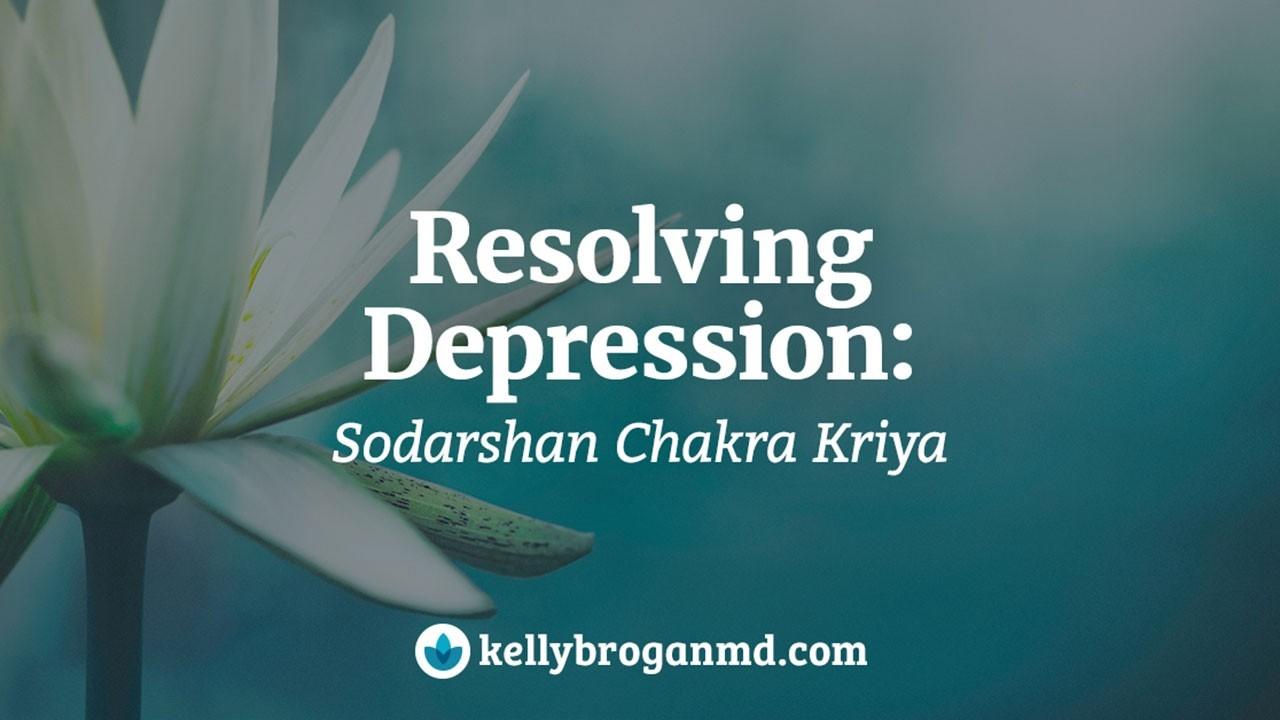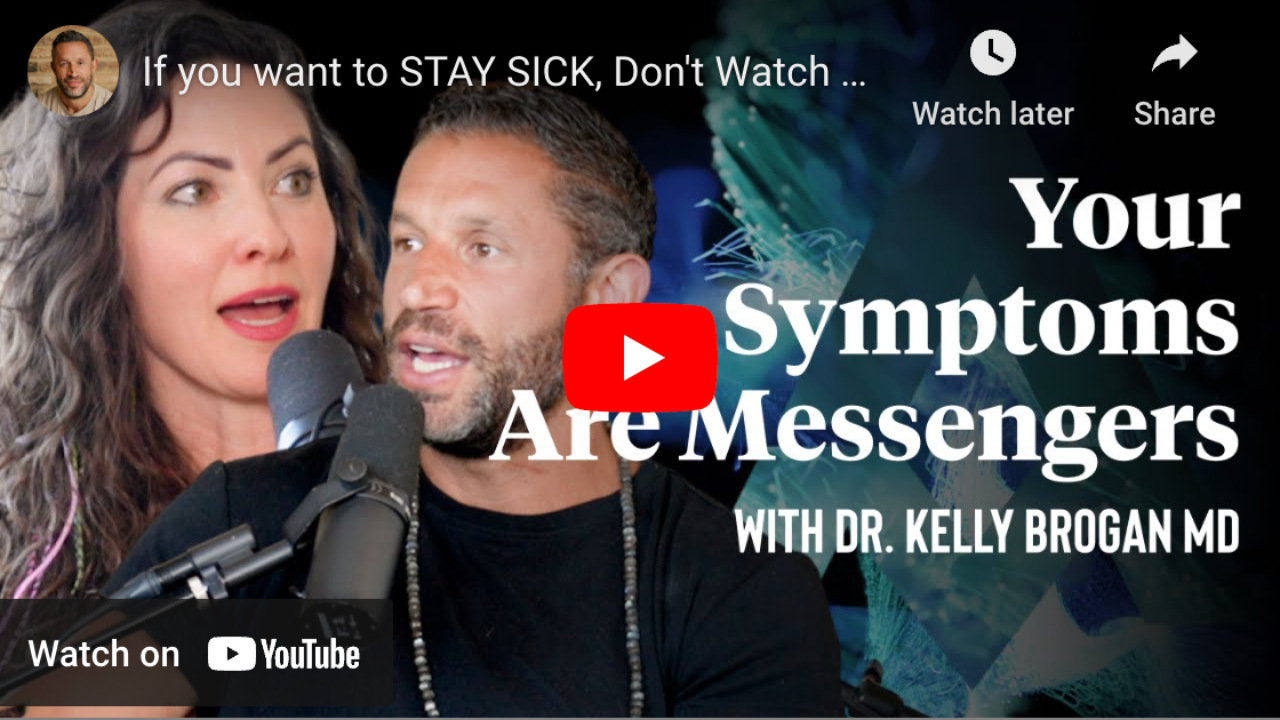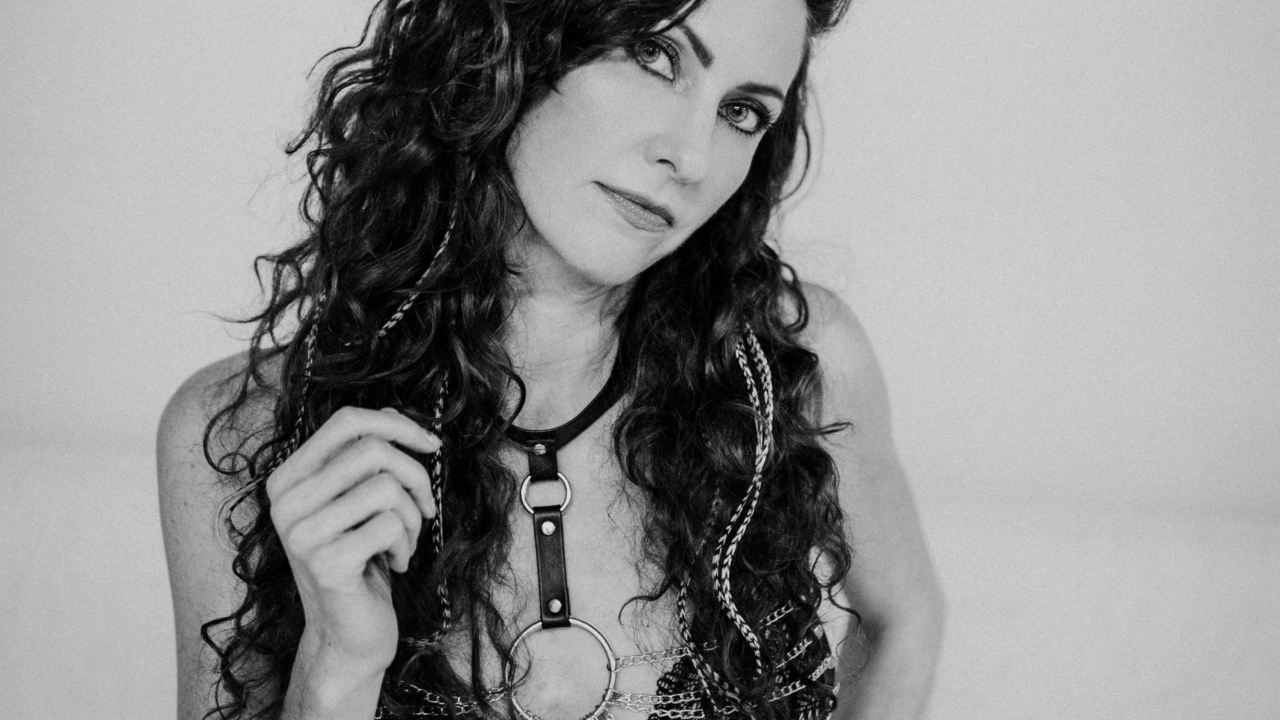Resolving Depression with Kundalini Yoga

“Dr. Brogan, I have been doing the kundalini protocol you recommended to me in the morning for two days at 5:30 and it has helped immensely. My heart is so full of gratitude for you and while I know I have a lot of healing and work to do, for the first time in my life I feel empowered to heal myself and not at the mercy of a doctor or a drug. I am blessed to have found you. Could you also let me know if there are any kundalini retreats that you are aware of that I could go to? It doesn't matter where it is. I'd just like to really immerse myself in this and thought retreat would be great avenue to get started.”
Two days. Kim was one of the sickest patients I have worked with. Disabled by delusions, self-injury, and impulsive suicidality for 5 days of every month during the onset of her menstrual cycle. She had been on a dozen psychiatric medications, hospitalized repeatedly, and came to me as a last stop. Like so many of my patients on the brink of giving up, there was a smoldering, nearly snuffed out spark that I was simply there to reignite. Within one week of dietary change, she landed back in her body, and felt a sense of ease that had eluded her for years. Before the first menstrual cycle we would pass through together, I asked her to begin predawn meditation. In just two days she touched the antidote to depression and anxiety — gratitude and wonder.
Moving through pain to joy
When you feel gratitude - this deep sense of simultaneous groundedness and suspension in something greater - it opens the door to joy, self-love, and even ecstasy. What if I told you that my patients sometimes just weep with a feeling of fullness and expansion at the mystery of it all? They feel they are coming alive. It is taking the binding off of the chrysalis so the butterfly can be born.
Can breath really matter that much?
Kundalini yoga is an ancient technology that encompasses far more than the leggings, sticky mats, and Oms that you might associate with yoga. In fact, it’s nothing like any kind of yoga I had ever done in the decades before I began to learn about it. It employs multiple modalities, often at once, including hand positions, chanting, eye gaze, mental focus, movement, and breath. Meditation for people who can’t meditate, I find it to be not only doable, but incredibly powerful. You can literally feel shifted in three minutes. I know it sounds far-fetched. Even precious. I spent many years entrenched in the biomedical elements of “alternative medicine”. I rolled my eyes at meditation and “the power of breath”. Sure, sure, but what are we really going to do for this patient? Now I understand that doing less, trusting more, and working with ancient relationships - food, movement, communion, and meditation - is how you build the crucible of your transformation. This crucible requires a deep connection to your own self-regulating mechanism, so that you stay in it long enough to turn your lead into gold. You can’t jump out at the first blush of heat. You must learn to talk yourself through the process and to bring your mind into the service of your soul. How do you get beyond your own fears in order to control your impulses and the endless anxious chatter of the mind? All you have to do is commit to a practice known to achieve just that. You work your calming nervous system like a muscle. You commit to it every day. In this way, you send your body the signal that everything is ok. Once that signal is sent, your entire body reallocates it resources, and healing begins. When your body is healed, your evolution as a person begins.
The science of healing through breath
At this stage in my evolution as a practitioner, I relate to “science” as a rhetorical tool. One whose sole purpose is to expand our appreciation for the complexity, elegance, and beauty inherent in the natural world. Research on the microbiome, on natural birth, on the mind-body, and on the healing power of food, for example, helps us to appreciate the layers of connectivity between seemingly separate systems. It is an incredible thing that research now exists to support this ancient perspective. Some of this research has told us that the brain and gut are connected through a nerve so unusual, and so deeply connected throughout the body, it is referred to as the “wandering nerve” or the vagus. Instrumental in the translation of our life experience to our body experience, the vagus is a critical conduit for healing. In fact, when the vagus nerve is blocked, “sickness behavior”, or the inflammatory model of depression, does not manifest after a gut-based inflammatory trigger.1 In classical interventionist sledgehammer methodology, patients are having stimulators implanted to jerk their vagus nerves back to life. It turns out that simply laughing and also its complement, sobbing, are inbuilt means of stimulating the vagus nerve, as are certain breath meditations. Even the hilariously poignant Louis CK understands that crying - really crying - is the portal to a new-felt experience of lightness.
So how can we prime this healing response?
In 11 minutes a day! Sodarshan Chakra Kriya is one of the oldest and most powerful of all yogic meditations. Brought to the US by Yogi Bhajan in the 1960's, this meditation involves a breath cycle with alternate nostril breathing and navel pumping that takes you on an inward journey. Interestingly, a related variant and elaborated practice has been extensively researched as SK & P (Sodarshan Kriya and Related Practices) by the Art of Living Institute, revealing the following jaw-dropping results (most of which are from randomized trials):
- Improvement in hypertension 2
- Improvement in gene expression for longevity and antioxidant status 4
- Improvement in stress as measured by heart rate variability5 and pain 6
- Improvement in working memory 7
- Decreased cigarette smoking 8
- Decreased startle in PTSD-diagnosed veterans 9
And most notably, resolution of depression and anxiety (up to a 73% response rate!) including where medication failed 10 11 12 and, notably, as compared to simple breath-monitoring relaxation. 13 One of my early teachers, Dr. Richard Brown, has written extensively on the physiologic benefits of this breathwork in a two-part review. 14 15
How to Perform the Sodarshan Chakra Kriya
Here is the kundalini yoga version I recommend to my patients, adapted from 3ho.org: Begin with 11 minutes Posture: Sit cross-legged with a straight spine. Eyes: The eyes are looking down at the tip of the nose which is a “virtual place” that you can find by looking somewhat cross-eyed at your finger in front of your nose and then removing your finger while keeping the gaze. (This meditation is not to be done with the eyes closed.) Breath and Mantra: a) Block the right nostril with the right thumb. Inhale slowly and deeply through the left nostril. Suspend the breath and pump the navel 48 times while mentally chanting the mantra: Whaa-hay Guroo Each of the 16 pumps of Whaa-Hay-Guroo consists of 3 segmented progressive strokes. On Whaa (1st segment) slightly pull the navel back. On Hay (2nd segment) pull the navel back more. On Guroo (3rd segment) pull back even more, and then release. b) After the 16 repetitions, unblock the right nostril. Place the right index finger (pinkie finger can also be used) to block off the left nostril, and exhale slowly and deeply through the right nostril. Continue repeating a) and b). To End: Inhale, hold the breath 5-10 seconds, then exhale. Stretch the arms up and shake every part of your body for 1 minute, so the energy can spread. Tips: I use a track by Gurucharan Singh Khalsa called Epic Wahe Guru. You can also choose from “Etheric” Wahe Guru depending on your vibe at the moment ; ) If holding your breath for 48 pumps is too challenging, you might begin with a meditation called Complete or One Minute Breath. When I first began breathwork, I could barely hold my breath for 10 seconds. Literally. In the space of two months, I retrained my physiology to be able to do the 20 second inhale, 20 second hold, and 20 second exhale by practicing for just 3 minutes a day. I found that amazing...the body gives us so many chances to recalibrate.
Top down interventions that change the game
In my practice, book, and online support program, I focus on sending the body a signal of safety from many different sources simultaneously - environment, mindset, diet, and meditation. In the swirling alchemy of all of these interventions, people heal. They find themselves and they begin to tackle the big questions that they stuffed into a dusty box in the corner of their personhood. These tools exist. Learn them, use them, get free!
References
- 1 https://www.ncbi.nlm.nih.gov/pubmed/9227848
- 2 http://www.ncbi.nlm.nih.gov/pubmed/22319901
- 3 http://www.ncbi.nlm.nih.gov/pubmed/23613970
- 4 http://www.ncbi.nlm.nih.gov/pubmed/18222135
- 5 http://www.ncbi.nlm.nih.gov/pubmed/25906603
- 6 http://www.ncbi.nlm.nih.gov/pubmed/24347909
- 7 http://www.ncbi.nlm.nih.gov/pubmed/26865775
- 8 http://www.ncbi.nlm.nih.gov/pubmed/16387692
- 9 http://www.ncbi.nlm.nih.gov/pubmed/25158633
- 10 http://www.ncbi.nlm.nih.gov/pubmed/26142611
- 11 http://www.ncbi.nlm.nih.gov/pubmed/18093307
- 12 http://www.ncbi.nlm.nih.gov/pubmed/22346068
- 13 http://www.ncbi.nlm.nih.gov/pubmed/25440560
- 14 http://www.ncbi.nlm.nih.gov/pubmed/15750381
- 15 http://www.ncbi.nlm.nih.gov/pubmed/16131297
Interested in step-by-step support to help you optimize your health?
Vital Life Project is a community for like-minded wellness seekers in search of a better way to live with vitality in a world that can make it challenging to move toward this goal. This monthly membership provides guidance and accountability to help you make small changes in mindset and daily routine that can lead to radical shifts in health reclamation. Click below to learn more.
Want to continue reading?
Enter your details below to read more and receive updates via email.










